- TalentGenius
- Posts
- The unevenly distributed future
The unevenly distributed future
AI’s uneven future: From gender gaps to generational divides—And the workers, industries, and economies caught in between.
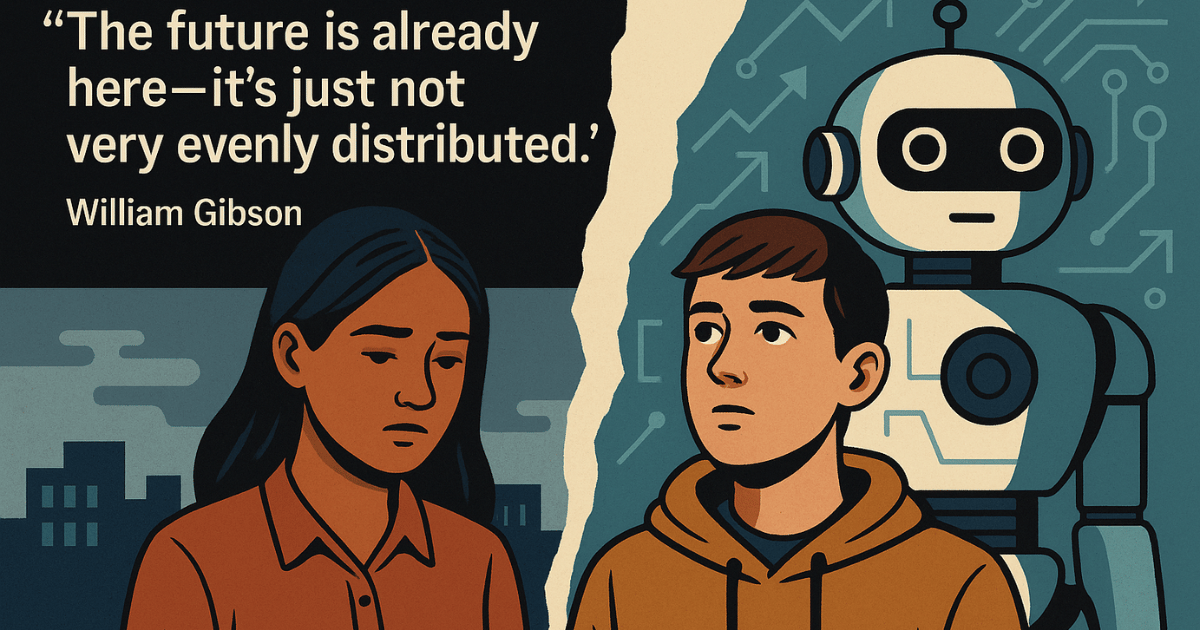
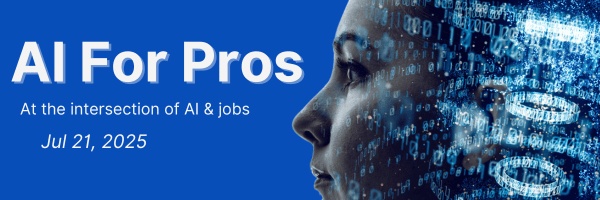
The unevenly distributed future
“The future is already here—it’s just not very evenly distributed.”
William Gibson
Gibson’s comment from the 90’s is certainly apt for our time. AI is quickly creating sizable economic gaps across industries and borders, but the most striking fault lines aren’t geopolitical. They’re human: gender and age.
Let’s start with gender. Women (across all roles, regions, and industries) are adopting AI at lower rates than men. Not because they’re anti-tech. Because the incentives (and penalties) are different. AI reflects the bias baked into the systems it’s trained on, and the cost of getting it wrong is higher for women. The margin for error is thinner. Confidence is rewarded unevenly. And the result? A growing AI skills gap that we’re not talking about enough, but everyone’s soon going to feel.
Now consider age. Gen Z, as “digital natives,” should have a home-field advantage with AI. Yet they are facing the brunt of AI-driven automation. The facts are stark: entry-level corporate job listings have dropped 15%, and applications per posting have surged 30%. And behind the headlines: 44% of employers say young applicants lack readiness for an AI-driven workplace.
So yes, AI’s risks and rewards are being unevenly dealt. And in a world where decades of disruption now happen in a matter of months, we can’t afford to wait. The time to rebalance the equation is now.
Agent of the Week: Opal
Enhance creativity and productivity in marketing tasks.
And one more thing…
TalentAgent | AgentHub | TalentGenius Sourcer | Insights | Meet Our Team |


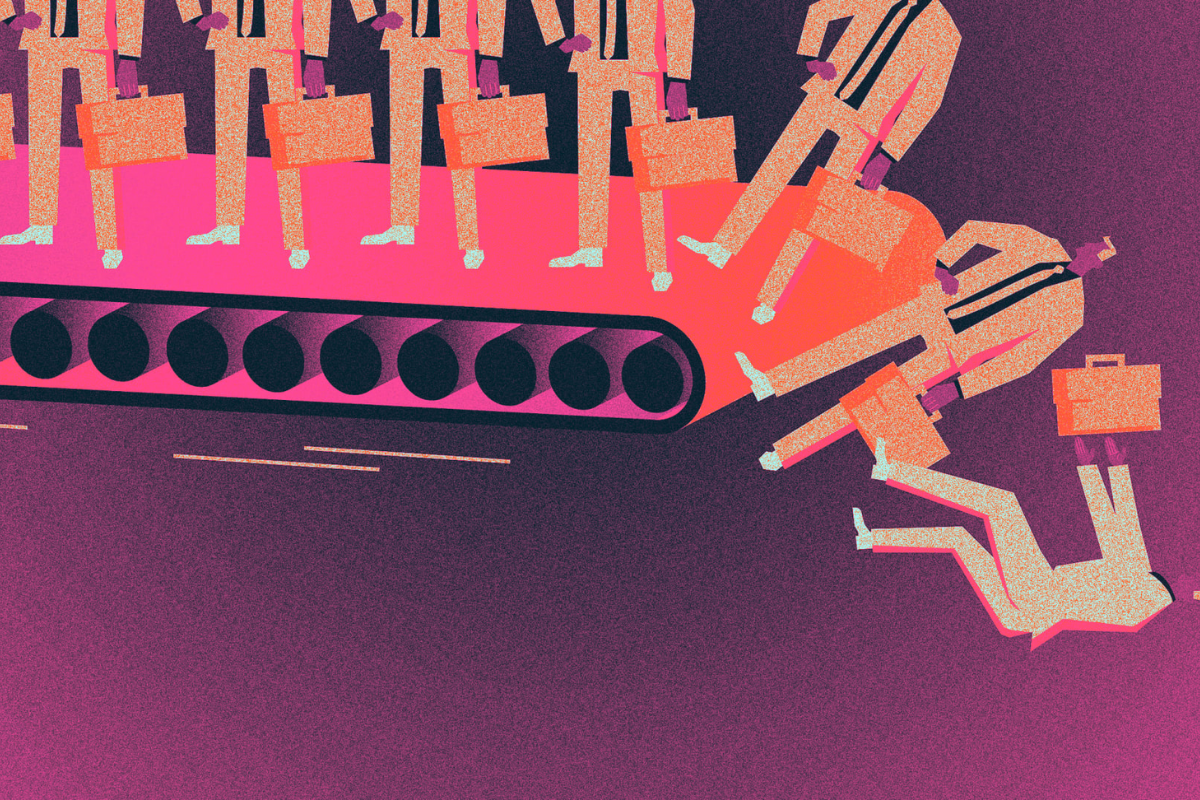

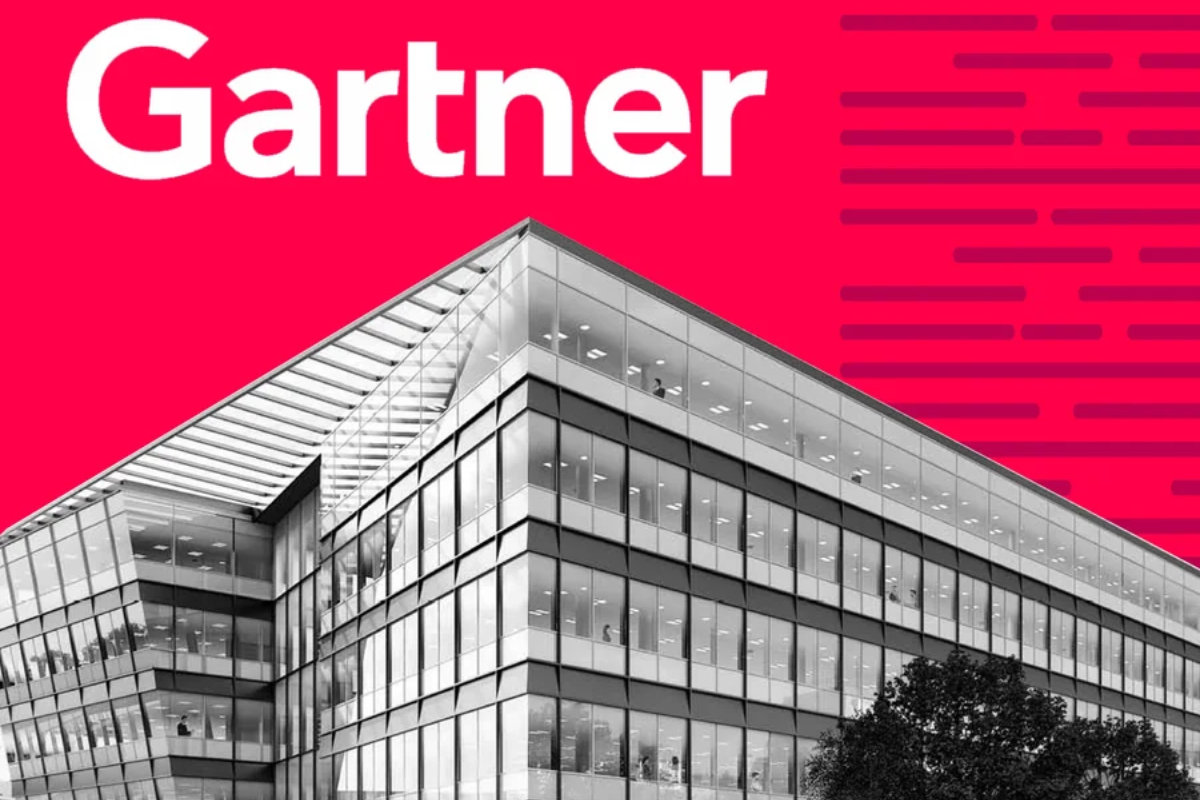
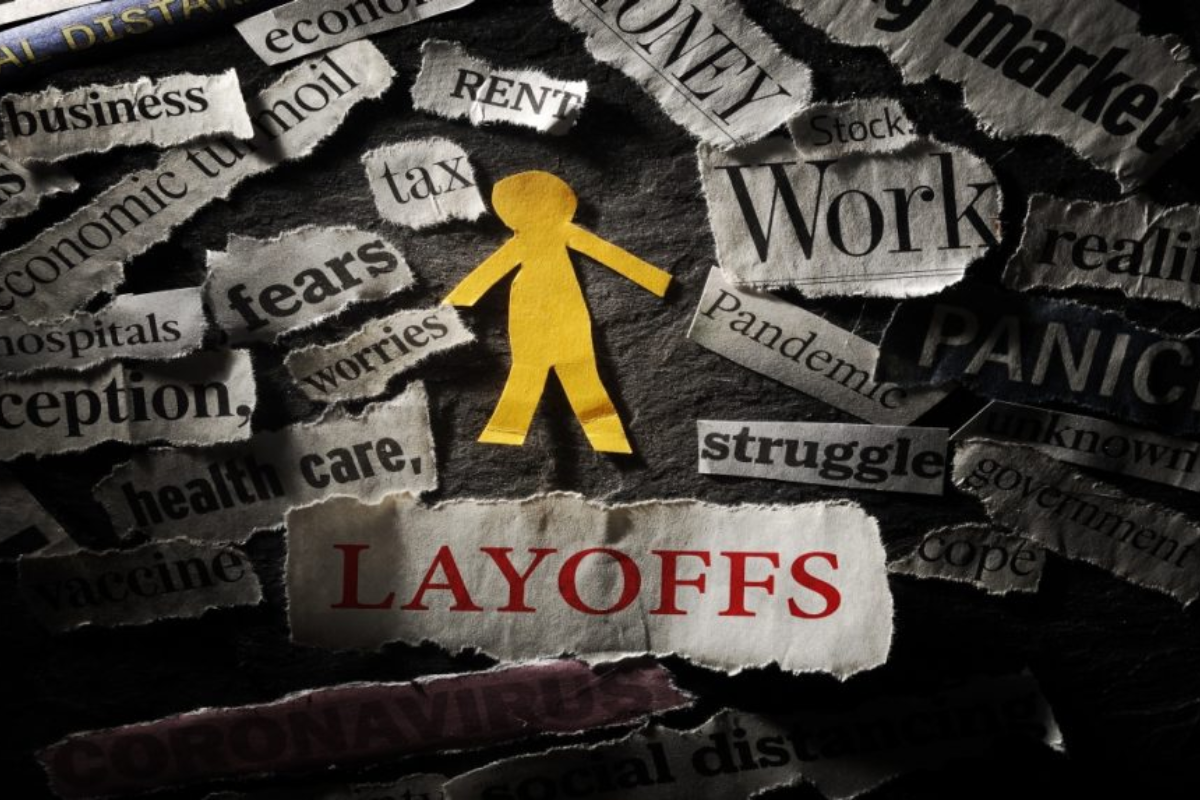
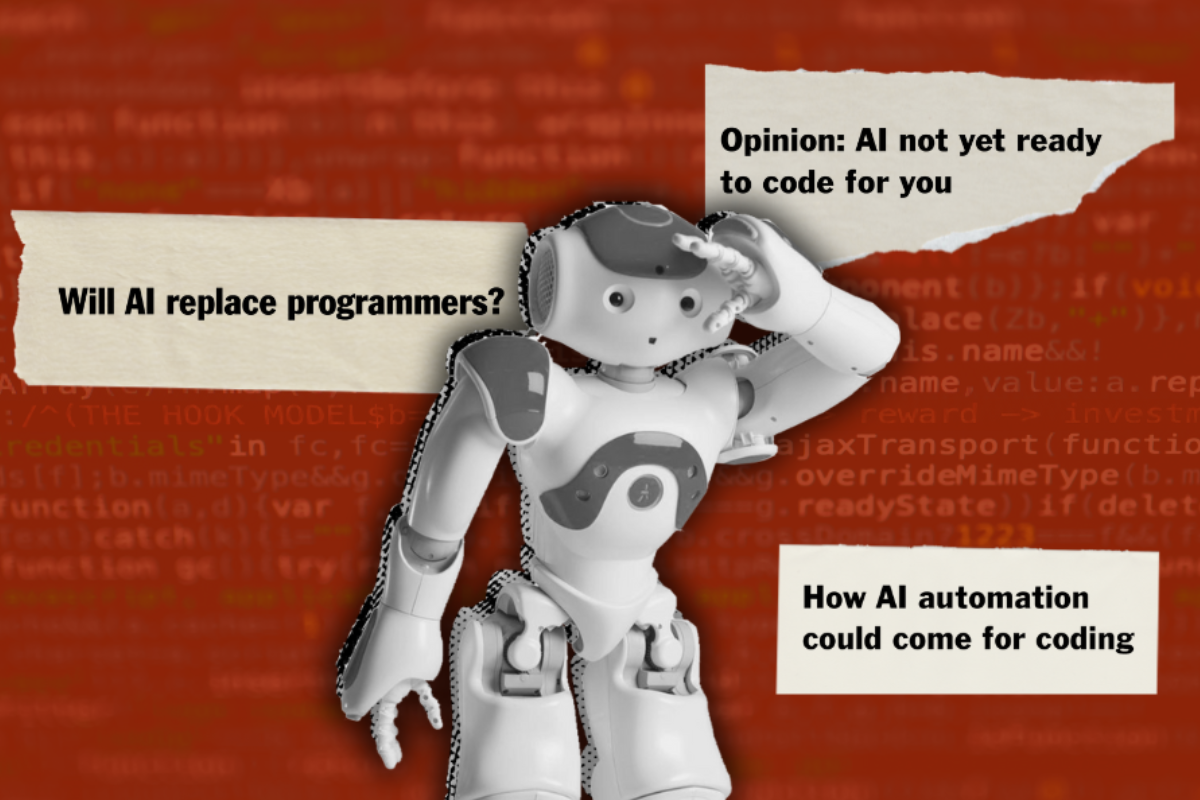
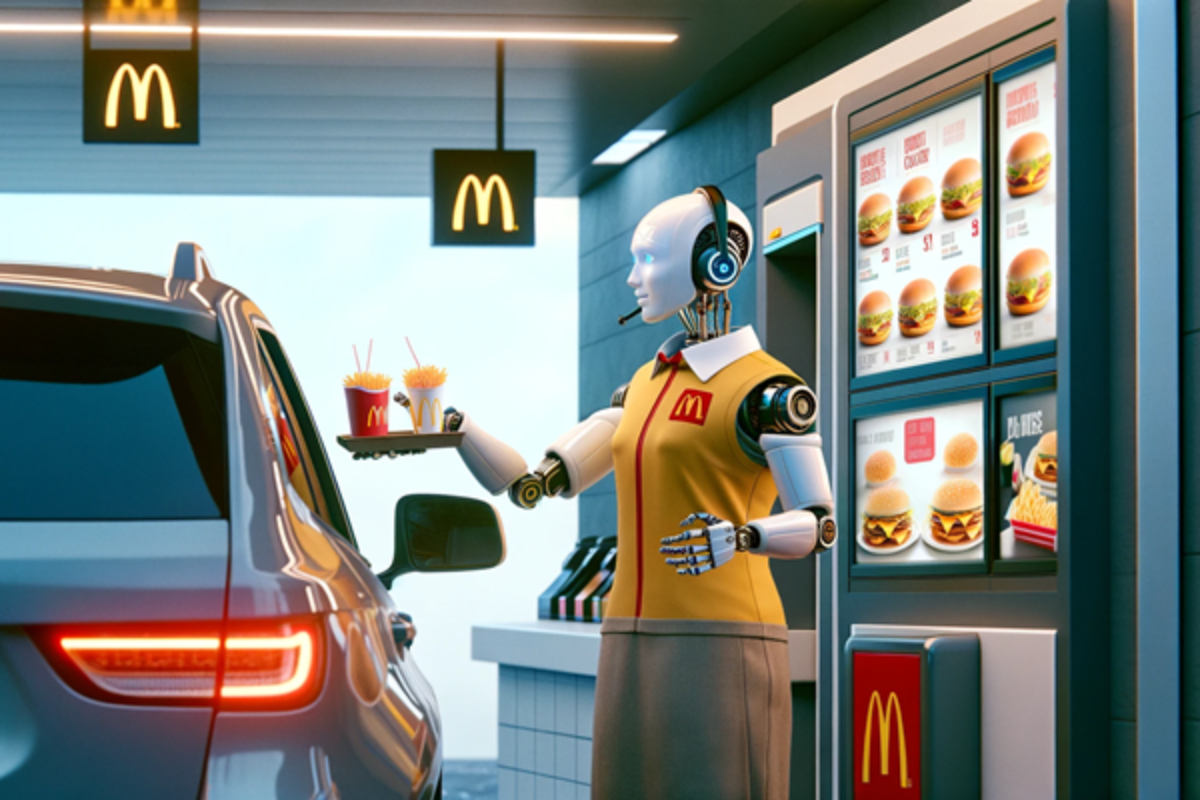


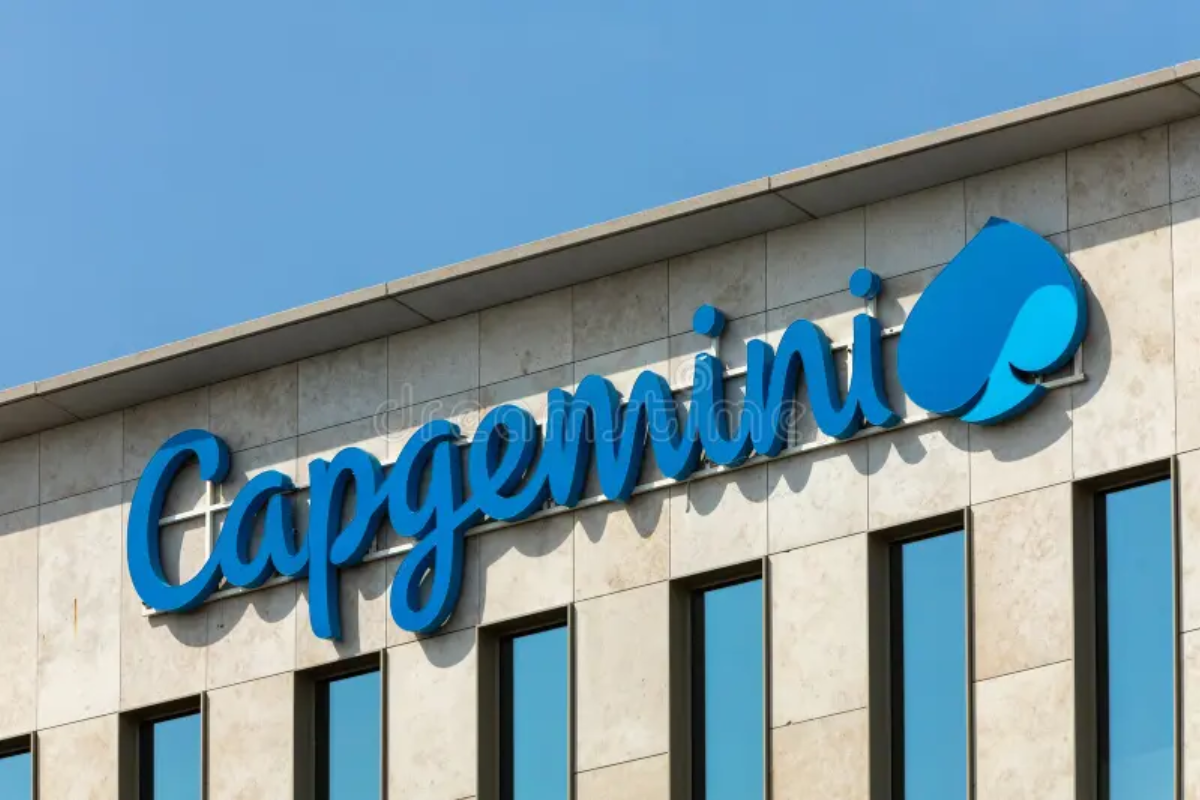
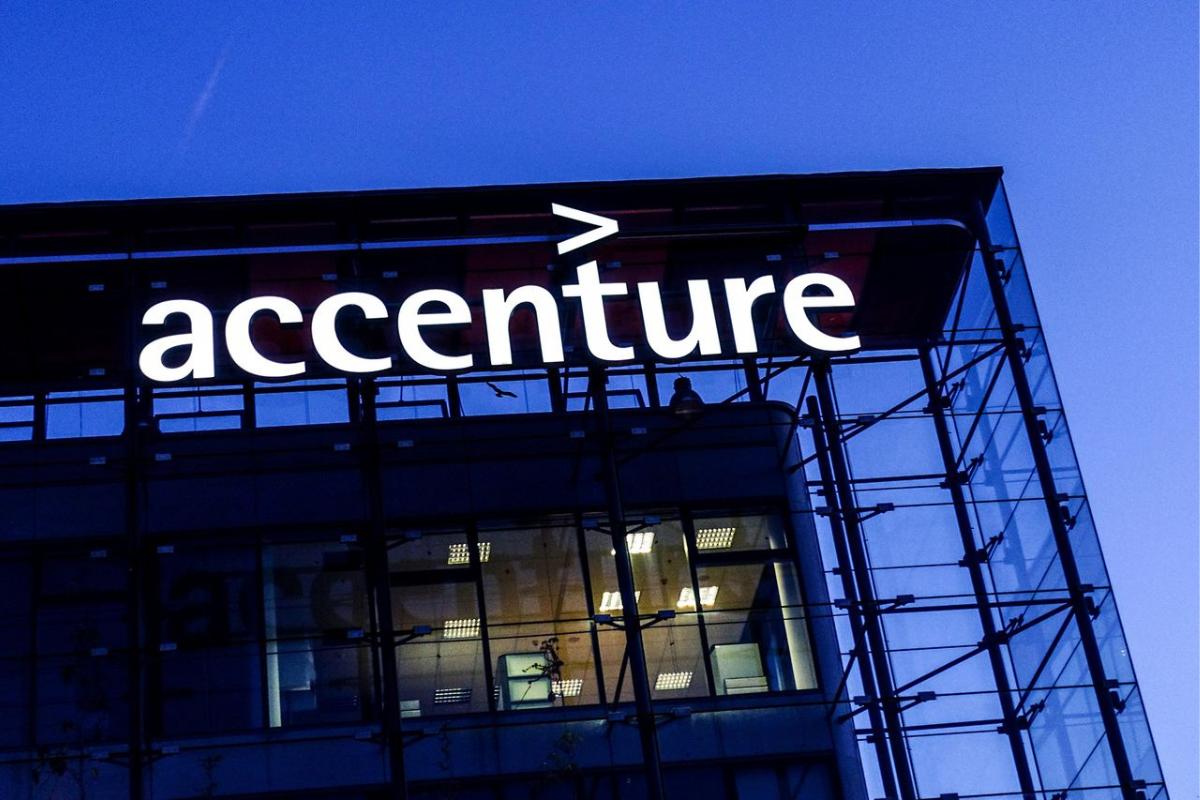

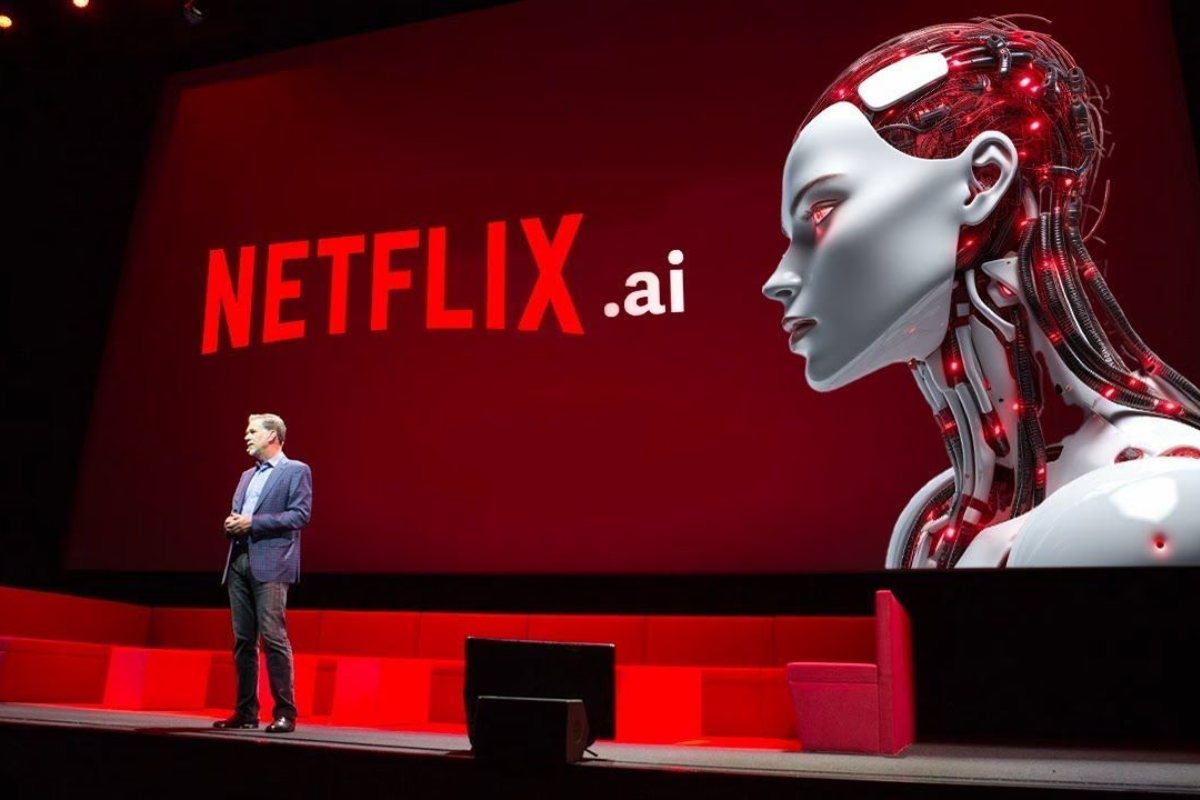
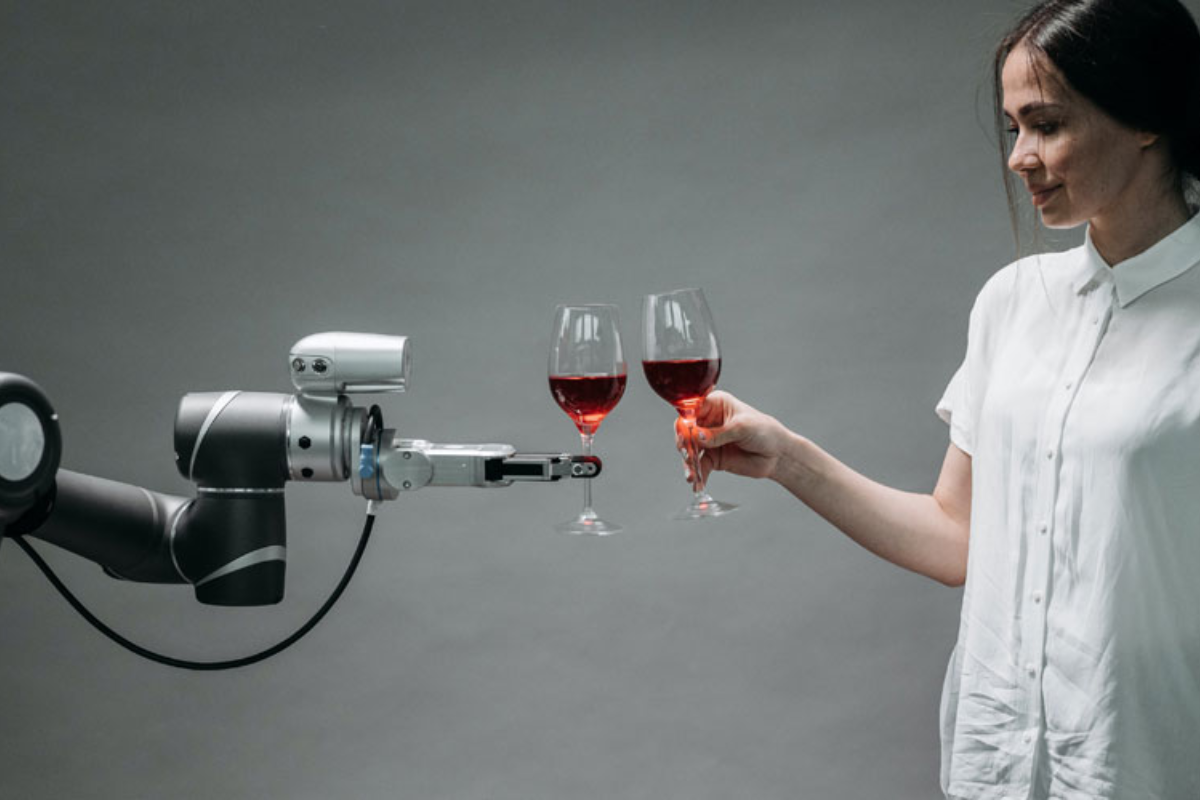
Reply